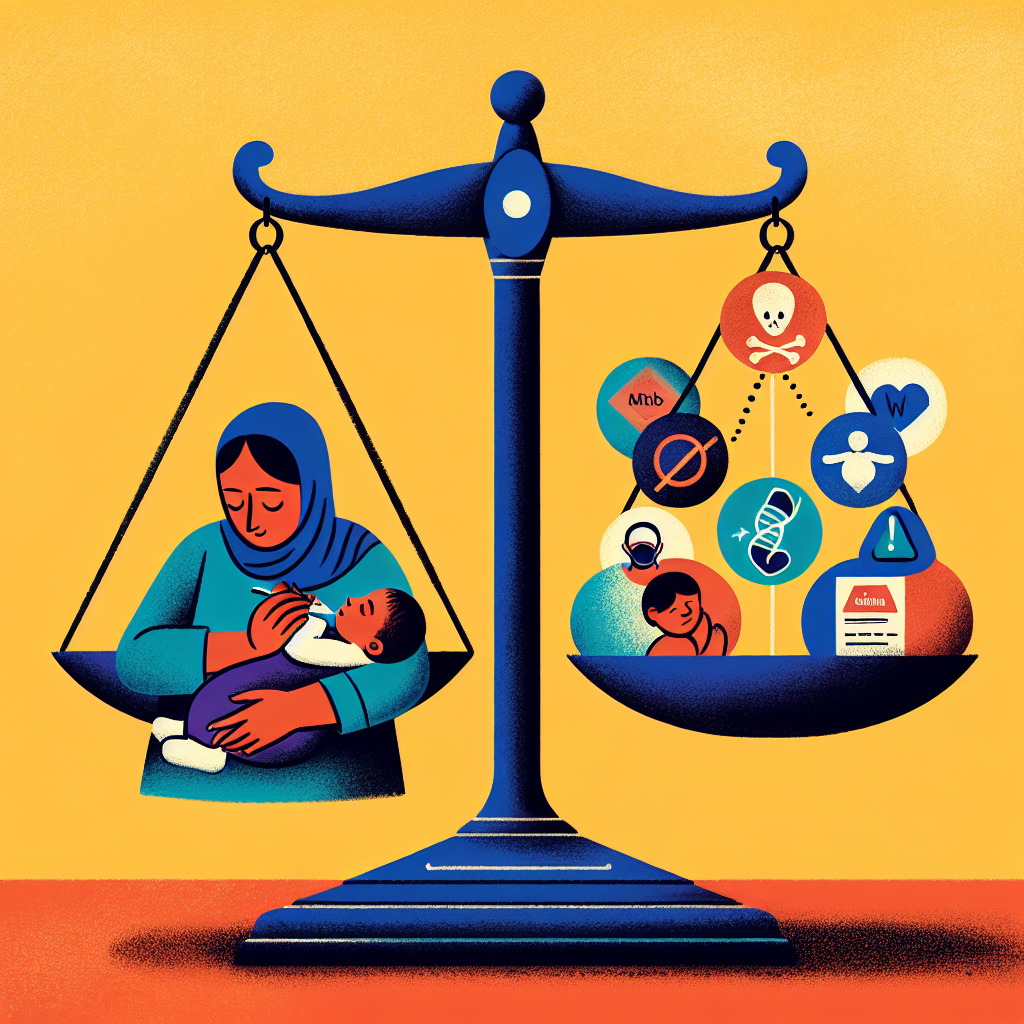Sleeping in the same bed with the baby: a good idea or not?
Bed-sharing is a personal and often controversial decision that divides parents and experts into two camps. On the one hand, some argue that the practice promotes breastfeeding and facilitates parent-child bonding, while others warn of potential risks associated with sleep safety. In this article, we'll explore both perspectives, giving you the information you need to make the best decision for your family.
The benefits of sleeping in the same bed
Some parents choose to co-sleep with their baby because of the perceived benefits of breastfeeding and emotional bonding. Breastfeeding becomes more accessible and frequent when mother and baby are seated side by side, which can lead to a more effective breastfeeding schedule. Also, continuous physical contact can strengthen the parent-child bond, providing comfort and security for the baby.
The Risks of Sleeping in the Same Bed
On the other hand, the main argument against sleeping in the same bed is safety. Research links co-sleeping with an increased risk of sudden infant death syndrome (SIDS). In addition, there is a risk of the parent rolling over and inadvertently covering the baby's face, which can lead to suffocation. An overcrowded bed with too many pillows and blankets can also bring unexpected dangers to the little one.
Motor Development and Sleeping in the Same Bed
A child's motor development is a process in stages, and the environment in which they sleep can have an impact on it. Babies who sleep alone in their cribs are more likely to develop motor skills such as rolling over and independent movements. While co-sleeping can somewhat restrict these movements due to limited space, parents must weigh this against the benefits of emotional bonding and breastfeeding.
Language Development and Sleeping in the Parental Bed
Interaction and communication with the baby is shown to stimulate language development. Co-sleeping can encourage nighttime conversations and soothing noises, which can play a role in early language development. The good news is that this kind of bonding can be cultivated outside of bedtime, too, through reading stories or lullabies.
Tips for Safe Sleep in the Same Bed
If you choose to share the bed with your baby, there are some important tips to make sure you do so safely: - Use a flat and firm sleeping surface without excess pillows and blankets. - Make sure the baby sleeps on his back and not on his stomach or side. - Avoid sleeping on couches or armchairs, they increase the risk of SIDS. - Do not sleep in bed with the baby if you are extremely tired, under the influence of alcohol or sleep-inducing drugs.
Safe Alternatives to Sleeping in the Same Bed
If you're worried about the risks, you can choose safe alternatives that keep baby close but on a separate surface. Co-sleepers, cribs that can be attached to the parent's bed, allow parents to have their baby close without fear of potential risks. These solutions offer the advantages of proximity while minimizing the risks associated with sleeping in the same bed.
Conclusion: Should You or Shouldn't You Co-Sleep With Your Baby?
The decision of whether or not to sleep in the same bed as your baby is a difficult and highly personal one. On the one hand, the benefits of easier breastfeeding and parent-child bonding
il can be appealing, while the potential risks to the baby's safety can be daunting. Ultimately, it's crucial to properly inform yourself and follow sleep safety recommendations, regardless of your choice.
We recommend visiting our parenting resources section or subscribing to our newsletter for more tips on your child's safety and development. Informed thinking and caution are the best tools in making the right choice for you and your little one.














































































































































